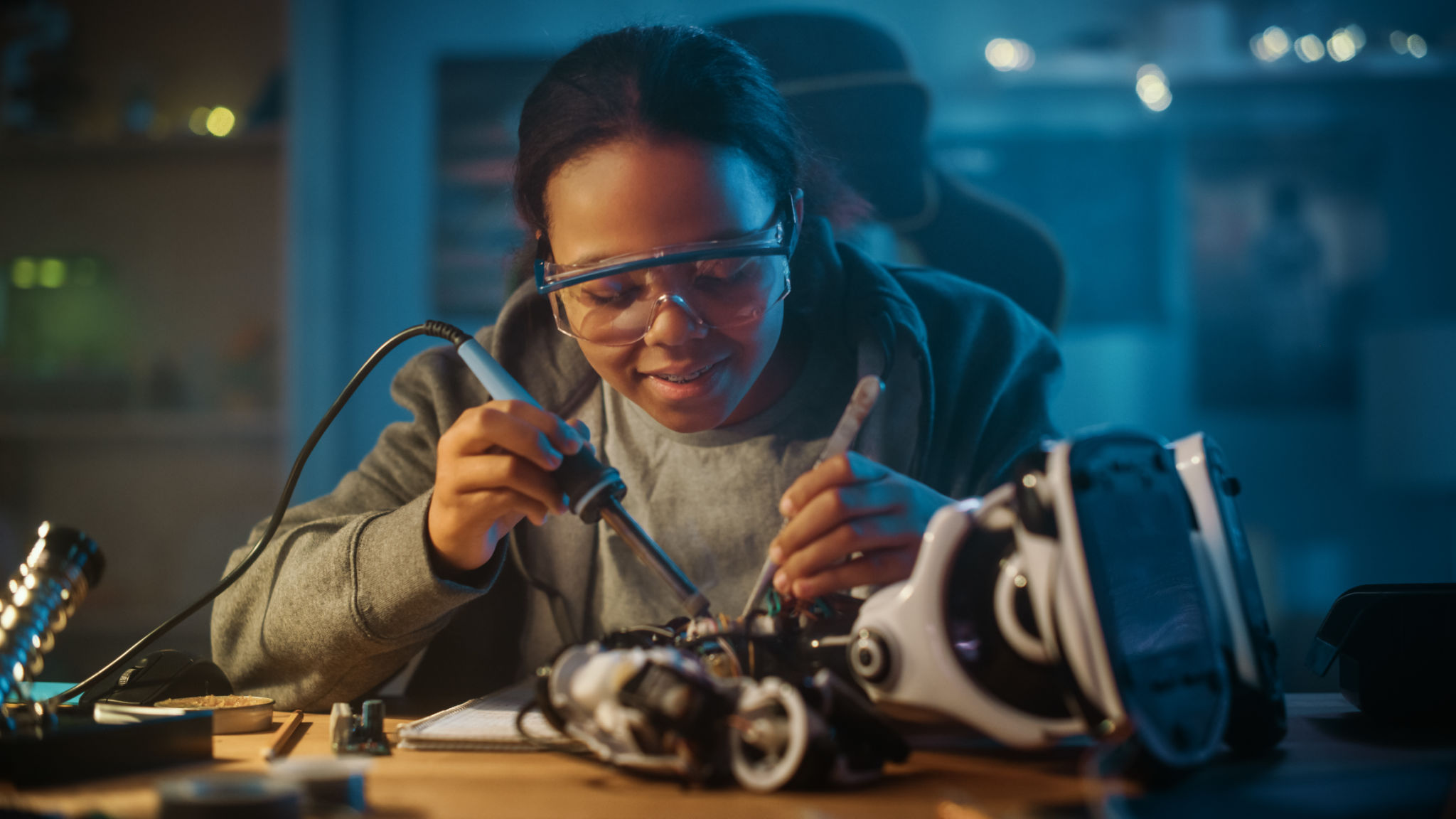Advanced Industrial Robotics: Enhancing Workplace Safety
Revolutionizing Safety with Advanced Industrial Robotics
In today's rapidly evolving industrial landscape, the integration of advanced robotics is not just a luxury but a necessity. These cutting-edge machines are revolutionizing various industries by enhancing operational efficiency and, more importantly, workplace safety. With the advent of smart sensors, artificial intelligence, and machine learning, industrial robots are becoming pivotal in minimizing workplace hazards.

The Role of Robotics in Hazardous Environments
One of the most significant benefits of deploying industrial robots is their ability to operate in environments that are deemed too dangerous for humans. From handling toxic chemicals to operating heavy machinery, robots can perform tasks that would otherwise pose serious health risks to workers. By taking over these hazardous duties, robots significantly reduce the likelihood of accidents and injuries.
Moreover, robots are designed to be incredibly precise. This precision minimizes errors that could lead to dangerous situations. For instance, in sectors like manufacturing and construction, the use of robotic arms ensures that materials are handled accurately, reducing the risk of human error and potential hazards.
Enhancing Ergonomics and Reducing Physical Strain
Another crucial aspect where advanced robotics contribute to workplace safety is by improving ergonomics. Heavy lifting, repetitive motions, and awkward postures are common in many industrial jobs and often lead to musculoskeletal disorders among workers. Robots can take on these physically demanding tasks, allowing workers to focus on supervisory roles or more complex operations that require human oversight.

Real-Time Monitoring and Predictive Maintenance
The integration of sensors and IoT devices in modern robotics has opened new avenues for real-time monitoring and predictive maintenance. These technologies enable robots to self-diagnose potential issues and alert operators before a breakdown occurs. This proactive approach not only prevents unexpected downtimes but also curtails situations where malfunctioning equipment could cause accidents.
Data collected through these systems can be analyzed to optimize operations further and refine safety protocols. By continuously monitoring the performance and condition of machinery, companies can implement timely interventions, thereby enhancing overall workplace safety.

The Human Element: Training and Collaboration
While robots play a crucial role in enhancing safety, human involvement remains indispensable. The collaboration between humans and robots in a shared workspace is becoming more prevalent. To ensure optimal safety, companies must invest in training programs that equip employees with the skills needed to work alongside these advanced machines effectively.
Training should emphasize understanding the robot's capabilities and limitations and recognizing warning signals or potential malfunctions. This collaborative approach not only ensures safety but also enhances productivity as humans and machines work together seamlessly.
Future Prospects: Robotics and Safety Innovations
The future of industrial robotics looks promising as innovations continue to emerge. Advances such as machine learning algorithms that enable predictive analytics or the development of more sophisticated sensors will further enhance workplace safety. As these technologies evolve, they hold the potential to eliminate even more risks from industrial settings.
Moreover, as industries become more aware of the importance of safety, we can expect increased investment in robotics technology that prioritizes worker well-being. This trend will likely lead to safer workplaces, benefiting both employees and businesses by reducing accidents and associated costs.

In conclusion, advanced industrial robotics are proving to be invaluable allies in the quest for enhanced workplace safety. By taking on dangerous tasks, improving ergonomics, enabling real-time monitoring, and fostering collaboration with human workers, these machines are setting new standards in industrial safety protocols. As technology continues to advance, the potential for creating safer work environments with robotics will only grow stronger.